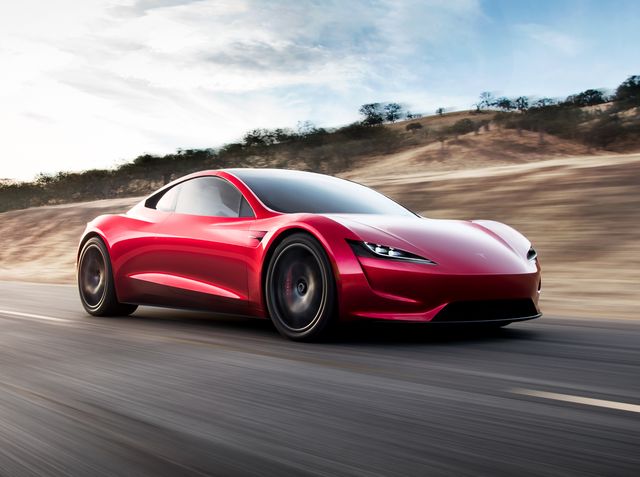Tesla’s strategy to boost sales through price cuts is likely to have powered its strongest revenue growth in five quarters while dragging down margins to a three-year low in the April-June period.
The Elon Musk-led electric-vehicle maker has since late last year launched a price war to stoke demand and quell competition from legacy automakers such as Ford Motor (F.N) and Chinese rivals including BYD.
Tesla’s earnings on Wednesday are expected to show its gross profit margin declined to 18.9% in the second quarter, according to 19 analysts polled by Visible Alpha. That is a drop from 20.2% in the previous quarter and 25.9% a year earlier.
The only reason Tesla delivered slightly more cars in the second quarter than the previous three months was because it discounted heavily at the cost of its margins, said Vitaly Golomb, an investment banker who focuses on mobility.
“It is clear they are very much a car company with the same supply chain and demand pressures as other manufacturers. They even have a growing inventory of their three- and six-year-old design Model 3s and Model Ys and really seem to have hit a certain saturation point on demand.”
The world’s most valuable automaker produced 13,560 more vehicles in the quarter than it handed to customers. While that gap narrowed from first-quarter numbers, it’s a concerning trend for the company that predicted in October it would sell every car it manufactured in the foreseeable future.
A lack of new models has also made it tougher for Tesla to take on rivals in China, where an uneven economic recovery and fresher, glitzier offerings from local players have weighed on demand.
Tesla booked record deliveries of its China-made cars in the quarter but its share of the country’s pure electric and plug-in hybrid market fell to 8.8% from 10.5% in the first three months of 2023, according to a Reuters calculation based on numbers from a Chinese auto industry body.
“Tesla’s market share for the EV segment is likely to decline over time,” said Morningstar analyst Seth Goldstein said. “However, I think the more appropriate metric to look at is Tesla’s total auto market share, which continues to grow as they continue to grow deliveries.”







